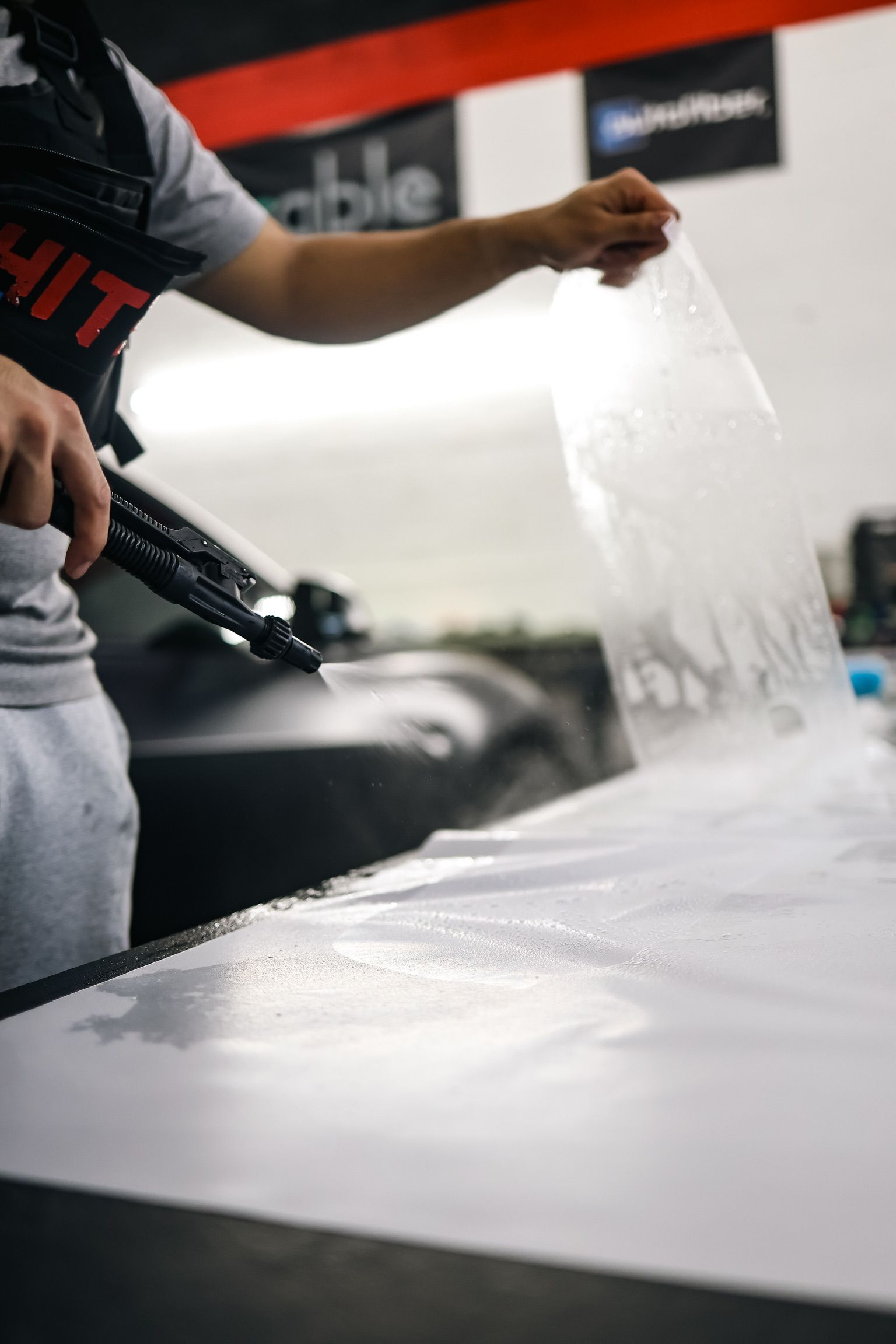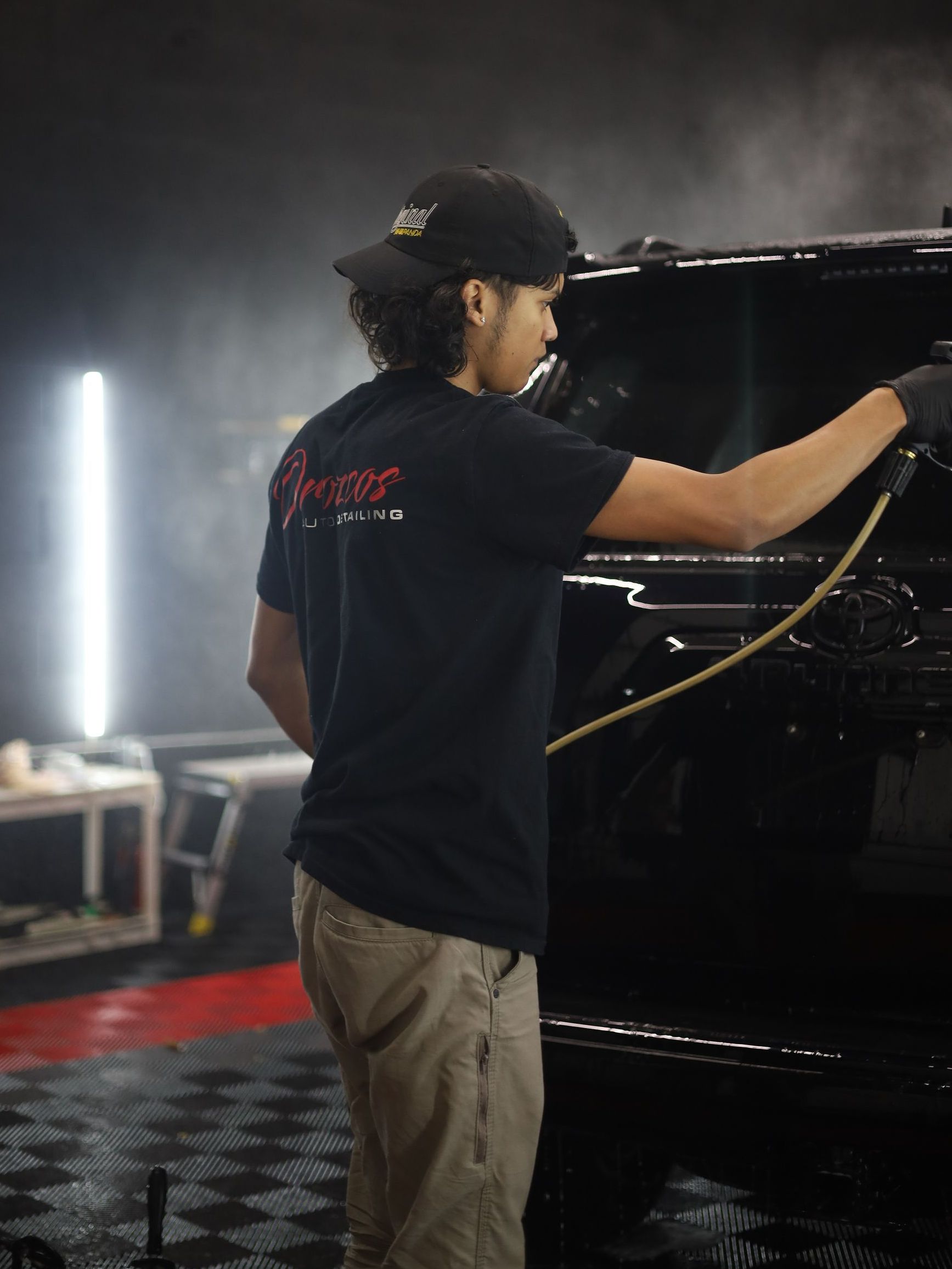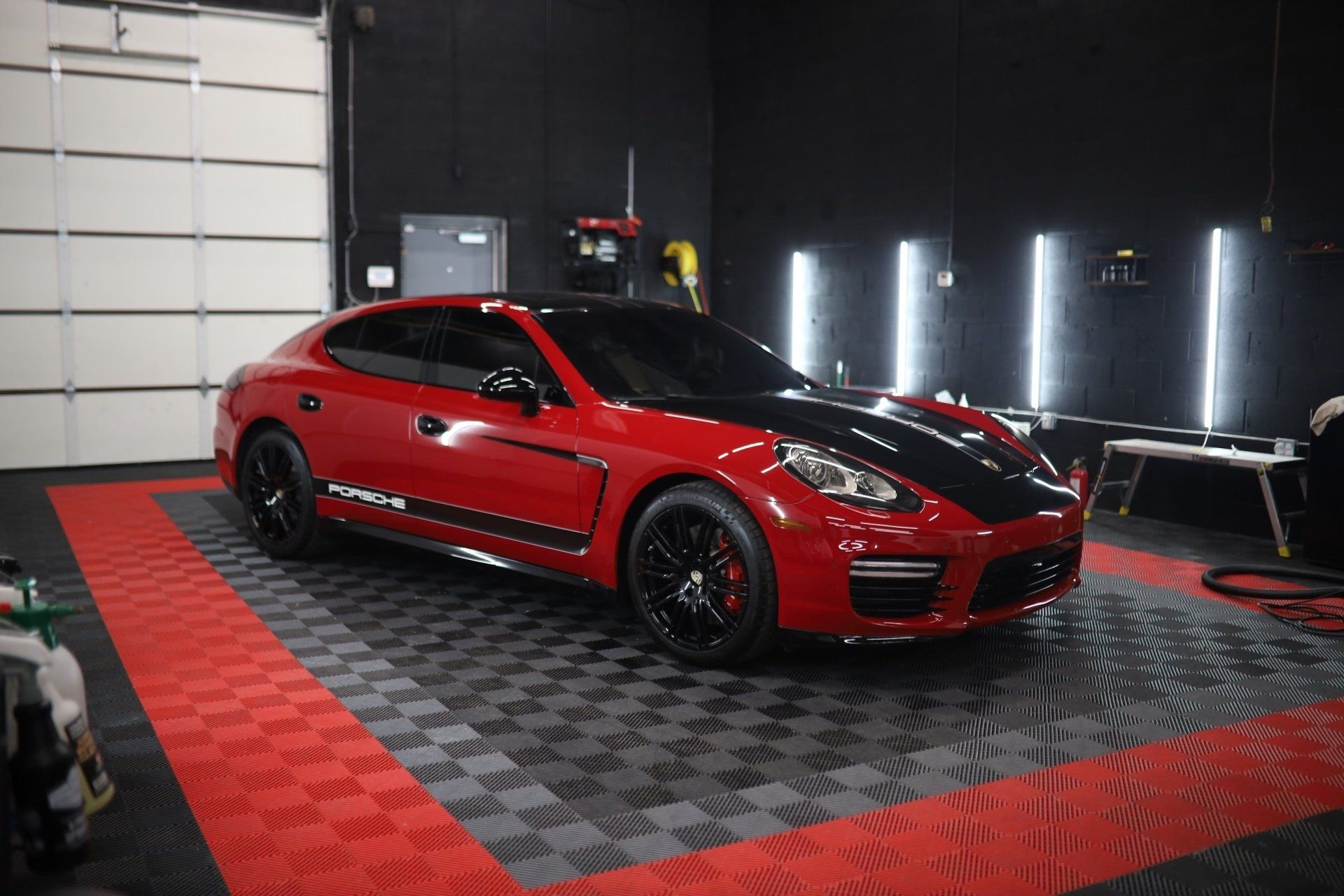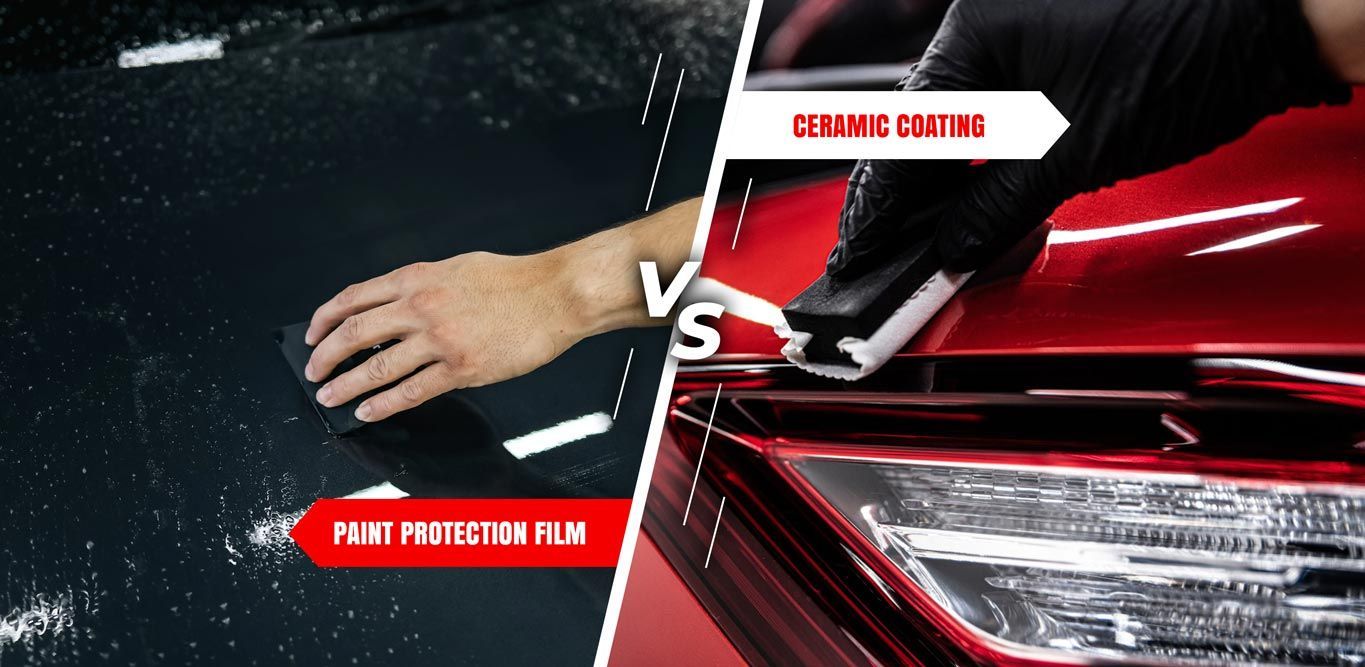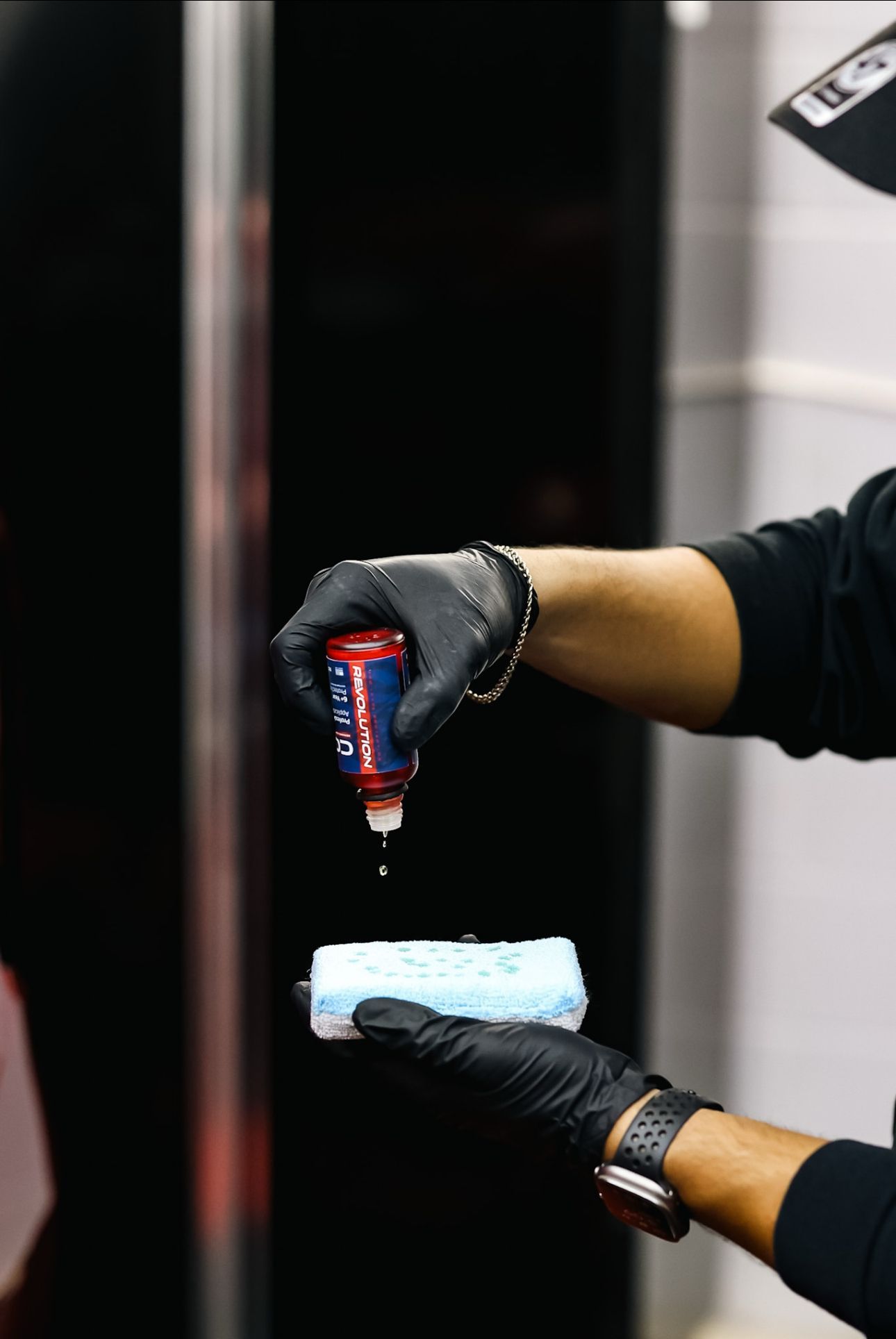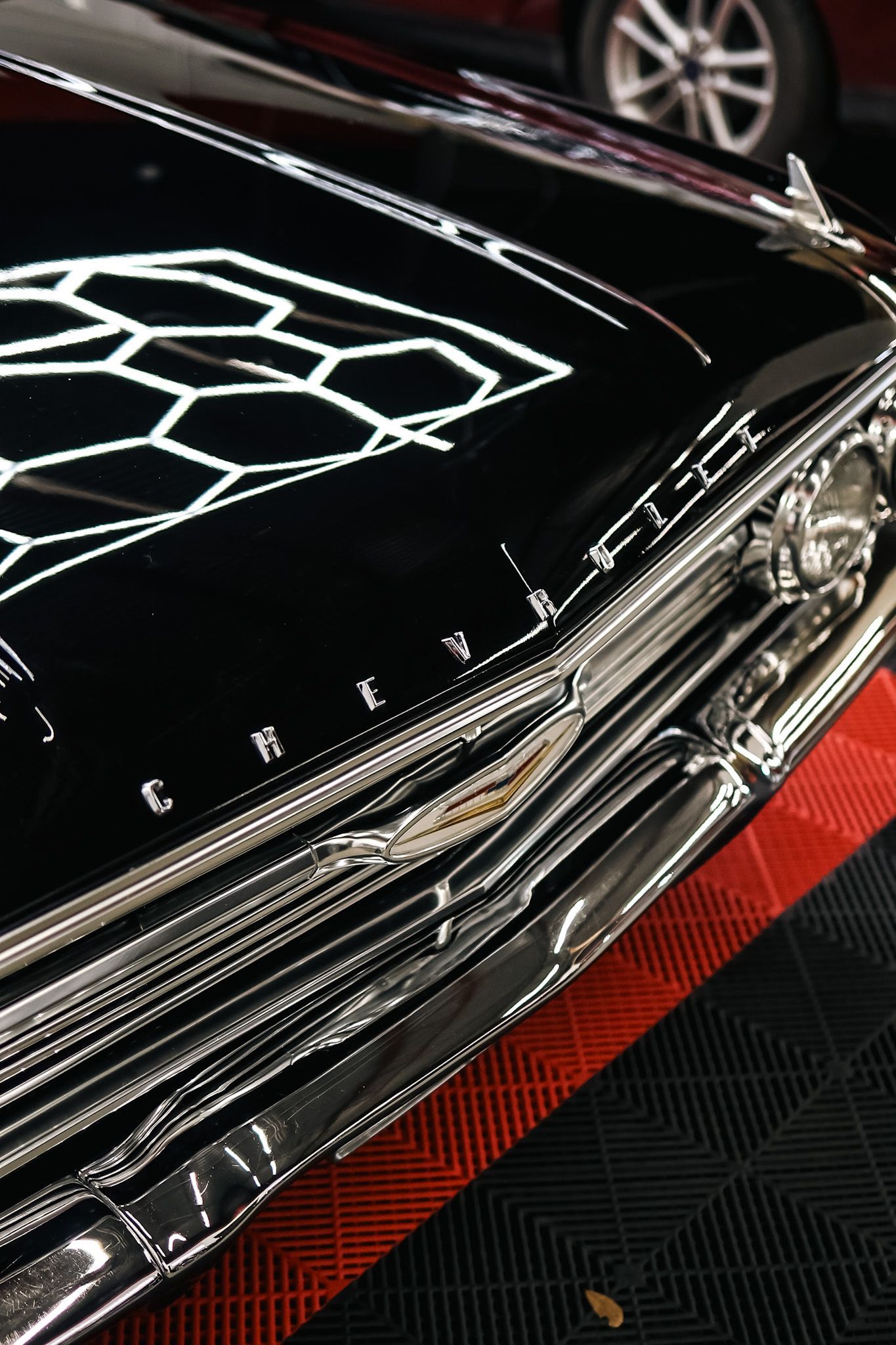Paint Correction Myths Busted: Get the Facts on Car Paint Care
Are you tirelessly buffing and waxing your car to maintain that glossy finish, but the swirl marks just won't go away? It's time to steer clear of misleading practices and put the brakes on misinformation! Delve into this enlightening read as we bust common myths about paint correction and arm you with facts to ensure your prized ride always gleams like new. From debunking falsehoods about DIY solutions to unraveling misconceptions about professional detailing, we're putting the keys of knowledge in your hands. Buckle up for an informative journey towards impeccable car paint care!
Debunking Paint Correction Myths
Taking care of your car's paint is essential for maintaining its appearance and value. However, there are numerous myths surrounding paint correction that can lead to confusion and misinformation. Let's debunk some of these myths and get the facts straight. Maintaining your car's paint is crucial for preserving its appearance and value. It is necessary to be aware of and ignore the myths surrounding the practice of paint correction to avoid confusion and misinformation. Properly understanding the right techniques for correct paint care will help keep your car in excellent condition.
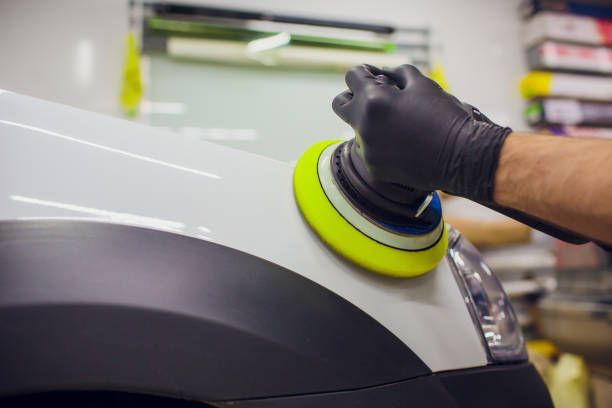
Myth: All Damages Can Be Completely Removed
It's a common misconception among car owners that paint correction can completely eliminate all damages, such as scratches and swirl marks. While paint correction techniques like machine polishing and hand polishing can significantly improve the appearance of surface imperfections, it's important to understand the limitations of the process. Car paint naturally ages and wears over time, making it impossible to remove every single imperfection. Think of it like trying to reverse the aging process on your skin: while skincare routines and treatments can improve your complexion, they cannot entirely eliminate all signs of aging. Similarly, paint correction can greatly enhance the appearance of your car's paint, but it cannot achieve perfection.
The goal of paint correction is not necessarily achieving flawlessness but rather restoring the paint to its best possible condition while balancing the preservation of its thickness and longevity. Skilled professionals in the field know how to minimize imperfections without causing additional harm to the clear coat or compromising its protective properties. Understanding this myth helps set realistic expectations regarding what can be achieved through paint correction.
Myth: The Effects Last Forever
One common misconception when it comes to paint correction is the belief that once the necessary techniques are applied, the effects will last indefinitely. However, this is far from the truth. While paint correction can significantly improve the appearance of surface imperfections like scratches and swirl marks, it is important to understand that car paint naturally ages and experiences wear over time. Environmental factors such as exposure to sunlight, pollutants, and everyday use can gradually diminish the results achieved through paint correction.
It's crucial to set realistic expectations regarding the longevity of paint correction effects. While the initial results may be impressive, they will require ongoing care and maintenance to preserve their appearance. This includes regular washing, waxing, and protection from harsh elements. Paint correction should be viewed as a proactive step in improving and maintaining the overall condition of your car's paintwork rather than an ultimate solution.
Facts on Effective Paint Correction Techniques
Now that we have addressed some misconceptions surrounding paint correction, let's explore some facts about the effective techniques used in this process. It is essential to note that paint correction requires expertise and precision to achieve optimal results without causing damage to the paintwork.
One commonly employed technique in paint correction is compounding. Compounding involves using an abrasive compound to carefully remove a thin layer of clear coat or paint. This process helps eliminate deeper scratches, oxidation, and other defects that cannot be resolved through less aggressive methods. However, compounding requires skill and proper equipment to prevent excessive removal of the clear coat or the creation of visible buffer trails.
Another critical technique in paint correction is polishing. Polishing involves using different abrasive polishes or compounds with varying levels of aggressiveness to refine the surface after compounding. This step is crucial to achieving a smooth and glossy finish. Polishing helps eliminate finer scratches, swirl marks, and haze left behind from compounding. It requires precision and attention to detail to balance the removal of imperfections while preserving an adequate clear coat thickness.
It's important to emphasize that paint correction techniques should be approached with caution. Overuse or incorrect application can potentially damage the paintwork, compromise the clear coat, and reduce the lifespan of your car's paint. Therefore, it is recommended to seek professional assistance or educate yourself thoroughly before attempting any DIY paint correction projects. Armed with the knowledge of common myths surrounding paint correction and the facts about effective techniques used, we are better equipped to make informed decisions regarding our car's paint care. However, it is also crucial to understand the importance of regular detailing as part of a comprehensive maintenance routine.
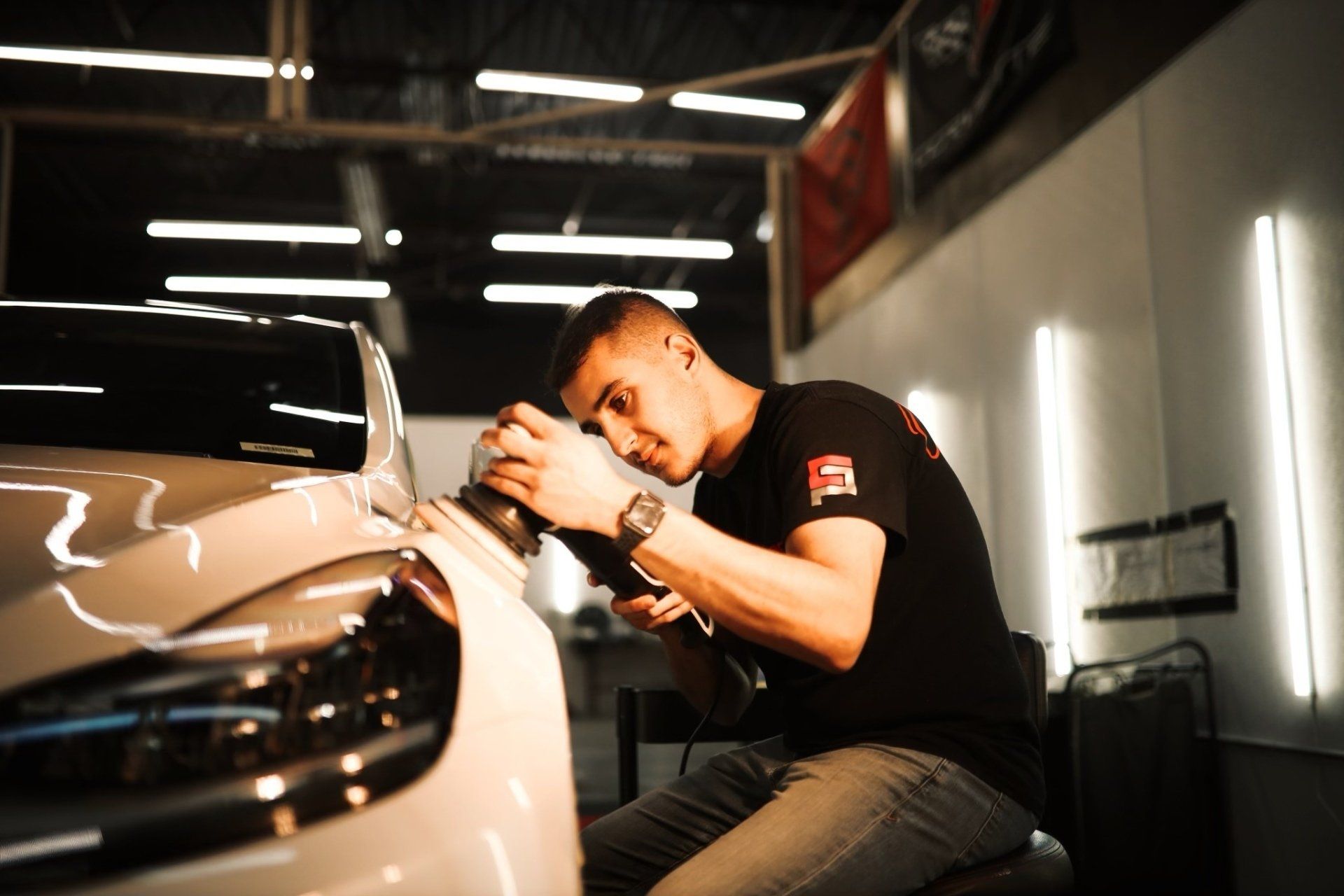
Importance of Compounding and Polishing
Compounding and polishing are two essential steps in the paint correction process that are often misunderstood or overlooked by car owners. These techniques play a crucial role in restoring the appearance of your car's paintwork and can make a world of difference in achieving a smooth, glossy finish. Compounding is the process of using an abrasive compound to remove surface imperfections such as scratches, swirl marks, oxidation, and water spots. It involves gently abrading the clear coat surface to level out the damaged areas and reveal a fresh layer of paint beneath. This step requires careful attention and precision, as too much pressure or an incorrect compound can potentially damage the clear coat further.
Once the compounding process has been completed to address more severe imperfections, the next step is polishing. This step involves using a finer abrasive polish with a machine or by hand to refine the finish even further. The goal here is to remove any residual imperfections left from compounding while enhancing the clarity and depth of the paint. Polishing not only improves the surface's aesthetic appeal but also prepares it for subsequent protection applications. By removing micro-fine scratches and bringing out the full potential of your car's paintwork, polishing ensures that any protective coatings or sealants you apply will adhere properly and provide long-lasting results.
Preventing and Treating Swirl Marks
Swirl marks are those pesky circular or spiderweb-like patterns that mar the surface of your car's paintwork, diminishing its overall beauty. They are often caused by improper washing techniques, the use of harsh materials, or even careless handling during routine maintenance. Preventing swirl marks starts with adopting proper washing and drying techniques. Using a pH-neutral car shampoo along with a high-quality microfiber wash mitt reduces the chance of introducing new scratches or swirl marks. It's important to avoid using household cleaners, which can be too harsh and strip away any protective wax or sealant layers.
However, if you already have existing swirl marks on your car's paintwork, don't worry; they can often be treated and minimized through various methods. There are several approaches to treating swirl marks, depending on their severity. One option is to use a mildly abrasive polish specifically designed to remove these imperfections. By applying this polish with a dual-action polisher or by hand using a microfiber applicator pad, you can gradually diminish the appearance of swirl marks and restore the shine of your vehicle. In more severe cases, professional machine polishing may be necessary to effectively eliminate deep-set swirl marks. An experienced detailer uses specialized equipment and compounds to carefully correct the paint surface without causing further damage.
The True Impact of Car Shampoos and Household Cleaners
When it comes to car paint care, using the right products is crucial. Many car owners resort to using household cleaners or generic shampoos to wash their vehicles, believing that these products will get the job done just as effectively as specialized car wash shampoos. However, this couldn't be further from the truth. The problem lies in the composition of household cleaners and generic shampoos. These products are not specifically formulated for automotive surfaces and can contain harsh chemicals that strip away the protective wax and sealants on your car's paint. Not only does this result in a loss of shine, but it also leaves your vehicle vulnerable to damage from UV rays, acid rain, and other environmental contaminants. Using dish soap to wash your car is not recommended, as car wash soaps are specially designed for specific surfaces, preventing damage and improving long-term health.
On the other hand, using a high-quality car wash shampoo specifically designed for automotive use offers numerous benefits. These shampoos are formulated with gentle cleaning agents that effectively remove dirt and grime without causing any harm to the paintwork or protective coatings on your vehicle. Using household cleaners or generic shampoos may also leave streaks or residue on your car's surface, affecting the overall appearance of your vehicle. Car wash shampoos, on the other hand, are specifically formulated to rinse off cleanly, leaving no residue behind and ensuring a spot-free finish.
In conclusion, it is essential to understand the true impact of using car shampoos and household cleaners on your vehicle's paint. While household cleaners may seem like a cost-effective option, they can cause significant damage to your car's paintwork in the long run. Investing in high-quality car wash shampoos specifically formulated for automotive use not only ensures a thorough and effective cleaning process but also helps maintain the beauty and integrity of your vehicle's paint over time.
Trusted Paint Correction Service in Lincoln Park, MI
Experience top-notch paint correction service in Lincoln Park, MI, with Orozco’s Auto Detailing, your trusted automotive care partner. Our skilled technicians are equipped with the latest tools and techniques to restore your car's paint to its former glory, removing scratches, swirls, and imperfections. With years of expertise in the industry, we pride ourselves on delivering exceptional results that exceed expectations. Don't settle for less when it comes to your car's appearance; trust Orozco’s Auto Detailing for a showroom-quality finish. Schedule your paint correction appointment today and rediscover the true beauty of your vehicle.
SHARE WITH YOUR FRIENDS


